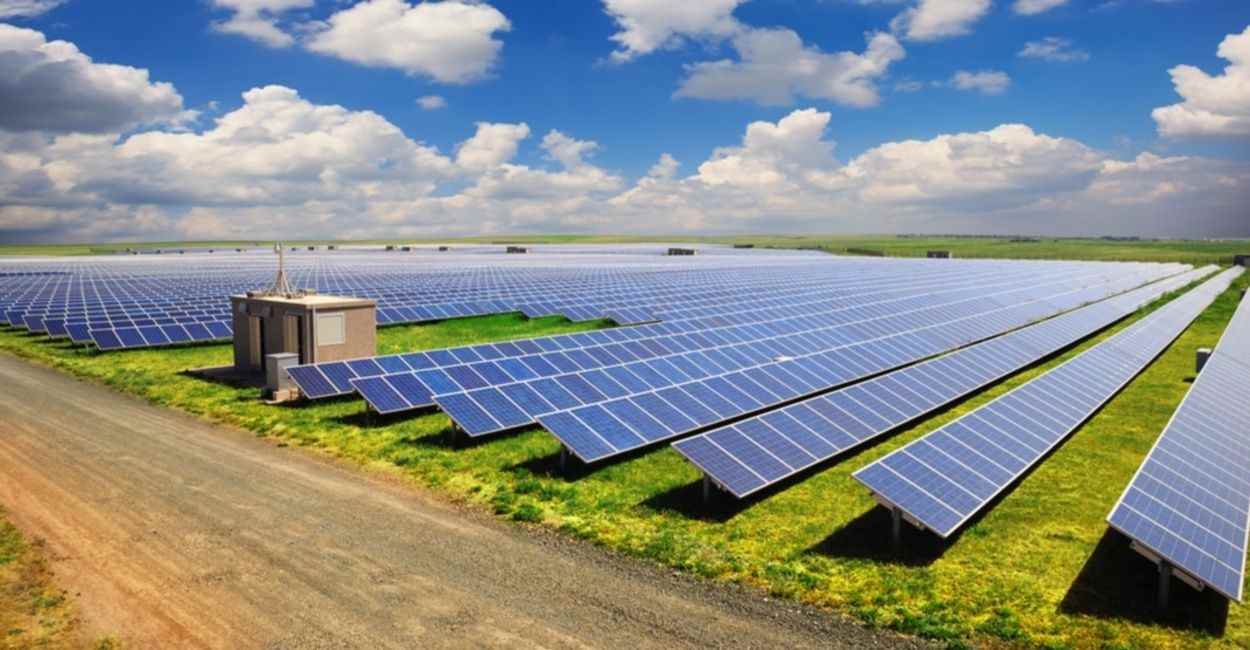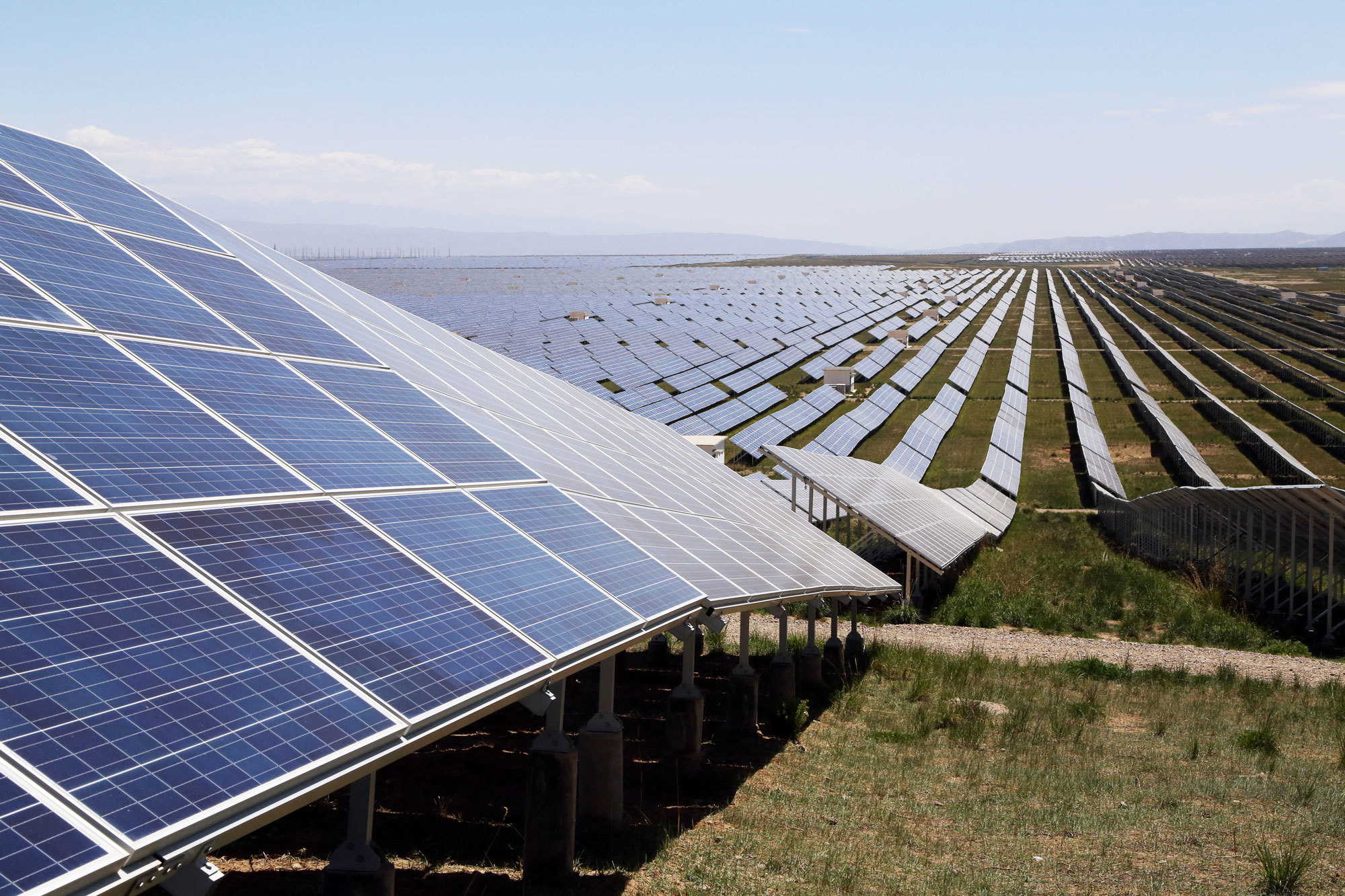Solar energy is revolutionizing the way we generate renewable energy on a large scale. By harnessing the power of the sun, solar farms are providing an abundant and clean resource for powering our homes and businesses.
Solar farms provide communities with a reliable source of electricity that can be used to reduce dependence on fossil fuels and help mitigate climate change. Additionally, they offer significant economic benefits such as job creation, reduced reliance on imported resources, lower electricity bills for consumers, and increased property values in areas where they have been installed.
With their growing popularity around the world, it’s clear that solar farms are becoming essential components of any renewable energy strategy. This article will explore how solar farms are transforming renewable energy generation on a large scale and what this could mean for our future.
Benefits of Solar Farms

Solar farms are becoming an increasingly popular source of renewable energy due to their numerous benefits. By utilizing the sun’s natural power, solar farms provide a clean and cost-effective way of generating electricity.
Not only do they reduce reliance on finite fossil fuels, but also increase efficiency in energy production by converting more sunlight into usable energy than other sources. Solar farms have been shown to produce less pollution and require fewer resources for maintenance compared to traditional forms of power generation such as coal or nuclear plants. In addition, they offer greater scalability with large arrays providing enough capacity to meet local demand over extended periods without interruption.
With no fuel costs associated with running solar farms, this makes them an attractive option for communities looking for reliable low-cost electricity solutions. Furthermore, the environmental impact is minimal when compared to traditional methods since there are no emissions from the process itself – making it one of the most sustainable methods of generating electrical power available today!
Challenges of Solar Farms

Despite the potential and promise of solar farms, there are still some challenges associated with their implementation. One challenge is the cost associated with installation and maintenance.
Solar farms can be expensive to build, requiring large investments upfront to generate a return on investment. Additionally, they require regular maintenance that can add to operational costs over time.
Another challenge is finding suitable land for construction which may have limited availability or might be costly depending on location. This could lead to higher prices due to competition for space or difficulty of access if located far away from any major cities or towns.
A further challenge is dealing with extreme weather conditions such as strong winds and heavy rains that can damage solar panels and affect energy production efficiency. Finally, local stakeholders must also be taken into consideration when setting up a new farm as it affects those living near it; this could mean additional work needs to be done in terms of noise management or ensuring environmental standards are met before approving building projects.
The Future of Solar Farms

As renewable energy continues to become more and more important, solar farms are leading the charge in revolutionizing its generation on a large scale. Solar farms offer a unique solution compared to other forms of renewable energy, as they can harness the sun’s power much more efficiently than ever before.
But what does the future hold for this technology? The potential of solar farming is immense. As technology advances, it is becoming easier and cheaper to install larger arrays of photovoltaic cells that can capture even greater amounts of sunlight.
The efficiency gains made will also enable solar farms to provide electricity at lower prices than traditional sources such as coal or natural gas. Furthermore, new materials such as perovskite could vastly improve the performance of these systems in sunny climates by increasing their efficiency even further while reducing costs associated with installation and maintenance.
In addition, increased investment into research related to solar farm development has opened up possibilities for novel uses beyond electricity production – from desalination plants powered by sunlight that purify sea water for drinking consumption to using heat generated from photovoltaic cells for industrial processes like hydrogen electrolysis or thermal storage applications. These exciting developments promise an unlimited range of opportunities when it comes to utilizing this type of renewable energy source effectively on a large scale in years ahead.
Ultimately, there’s no telling exactly how far we can take solar farm technologies but one thing is certain: they have already made great strides towards revolutionizing renewable energy generation on a grand scale and look set only to continue doing so into the future.
Conclusion

Solar farms are revolutionizing renewable energy generation on a large scale and changing the way we think about sustainable energy production. Solar farms provide clean, reliable power to homes and businesses in communities around the world, making them an increasingly popular choice for those looking to reduce their environmental footprint and lower their carbon emissions.
They also offer numerous economic benefits such as job creation, increased tax revenue for local governments, and reduced electricity costs for consumers. Zeal Energy is one of many companies leading this solar revolution with their innovative solutions that make solar more accessible than ever before. By utilizing modern technology they are helping to create a greener future through cost-effective, reliable solar farm projects that will ensure sustainability now and into the future.

